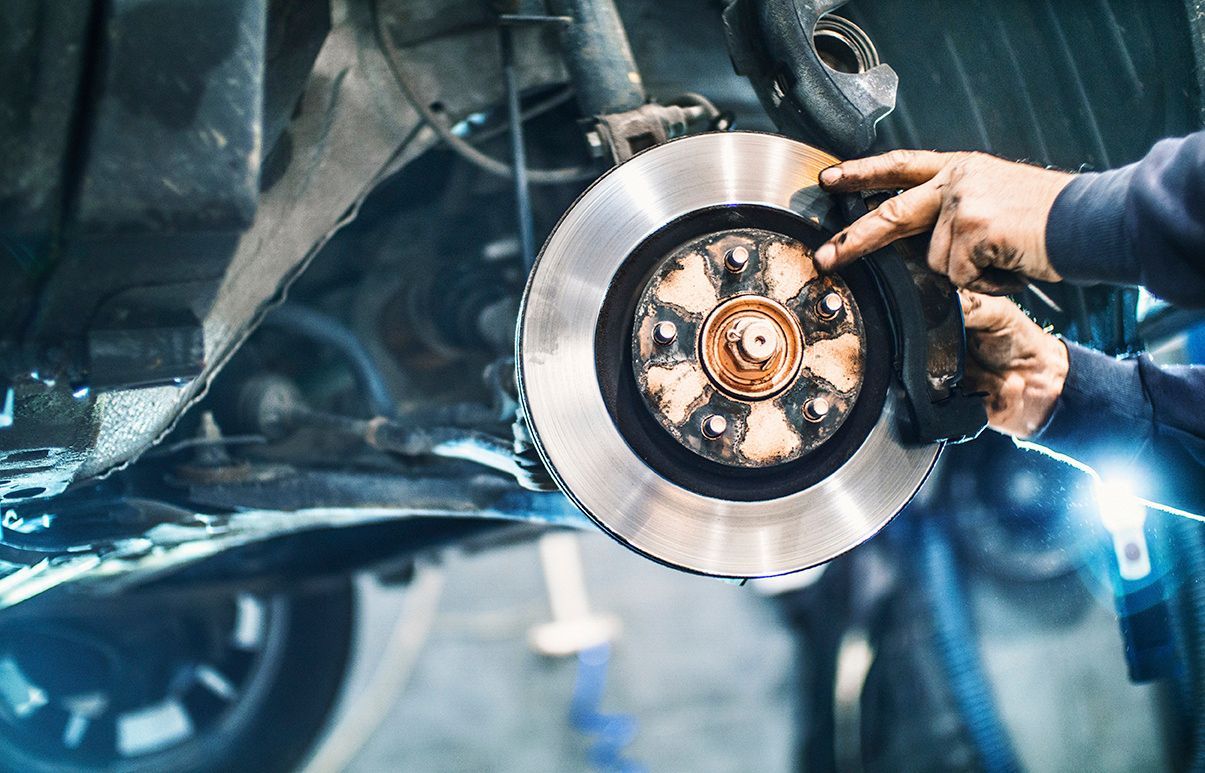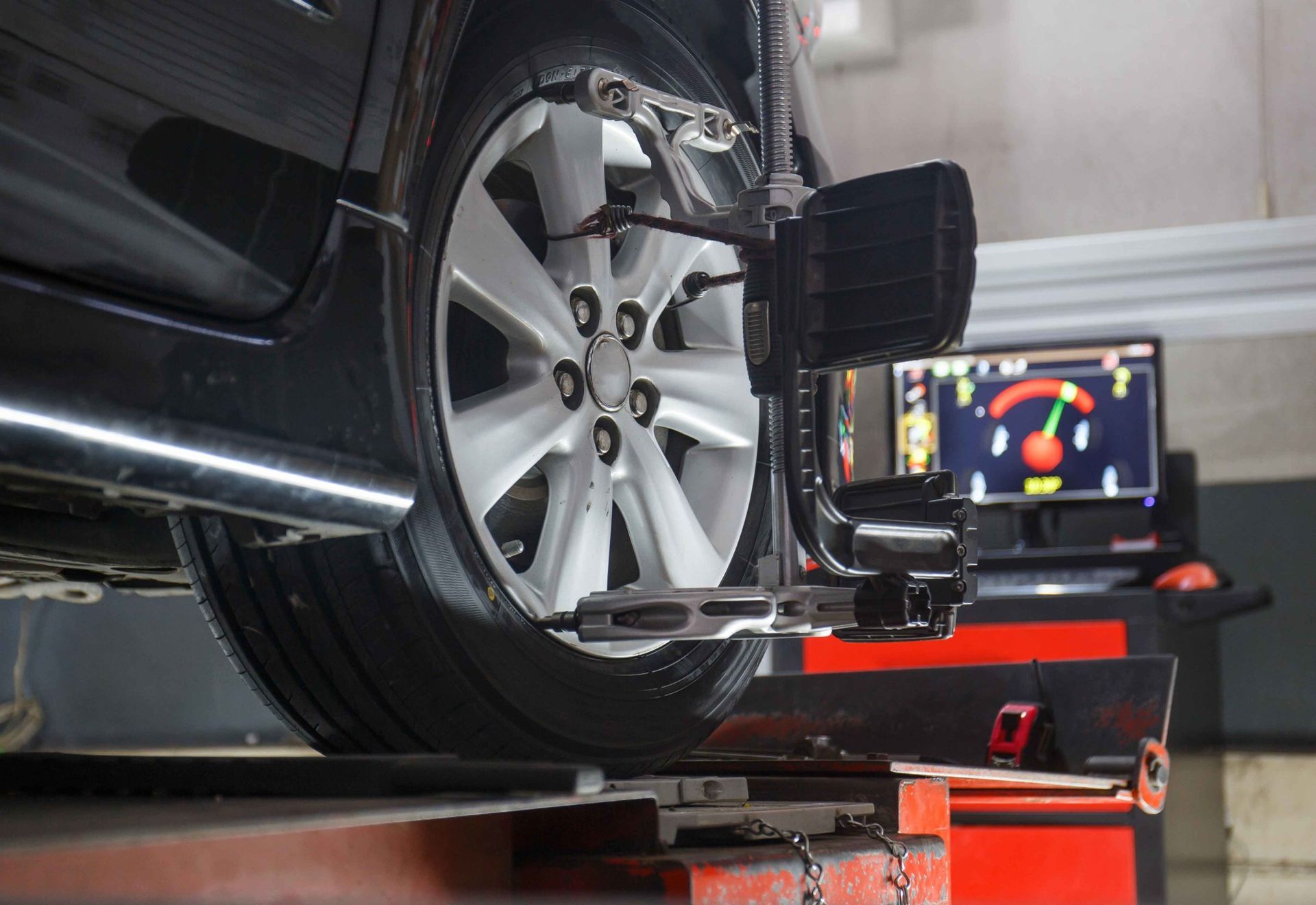Our Blog
Explore expert diagnostic testing services with Gordie's Auto & Tire in Roseville, New Baltimore, Sterling Heights, and Chesterfield, MI. Visit us today!
Discover top-notch brake services at Gordie's Auto & Tire, Roseville and Chesterfield, MI. Enhance your safety and performance. Schedule an online appointment now.
Need precise wheel alignments in Roseville? Visit Gordie's Auto & Tire for expert service in Roseville, New Baltimore, Sterling Heights, and Chesterfield, MI. Call us today!
Stay cool with superior auto AC repair at Gordie's Auto & Tire in Roseville. Trust our expertise today for reliable service. Schedule your appointment now!
Optimize your car's performance with expert transmission care at Gordie's Auto & Tire in Roseville, MI. Visit us for top service & advice!
Discover expert car maintenance tips at Gordie's Auto & Tire in Roseville, New Baltimore, and more. Ensure your car's longevity. Schedule an online appointment now!
Discover top-tier diagnostic testing at Gordie's Auto & Tire in Roseville, MI. Expertise in troubleshooting minor to major auto issues. Schedule an online appointment now.






